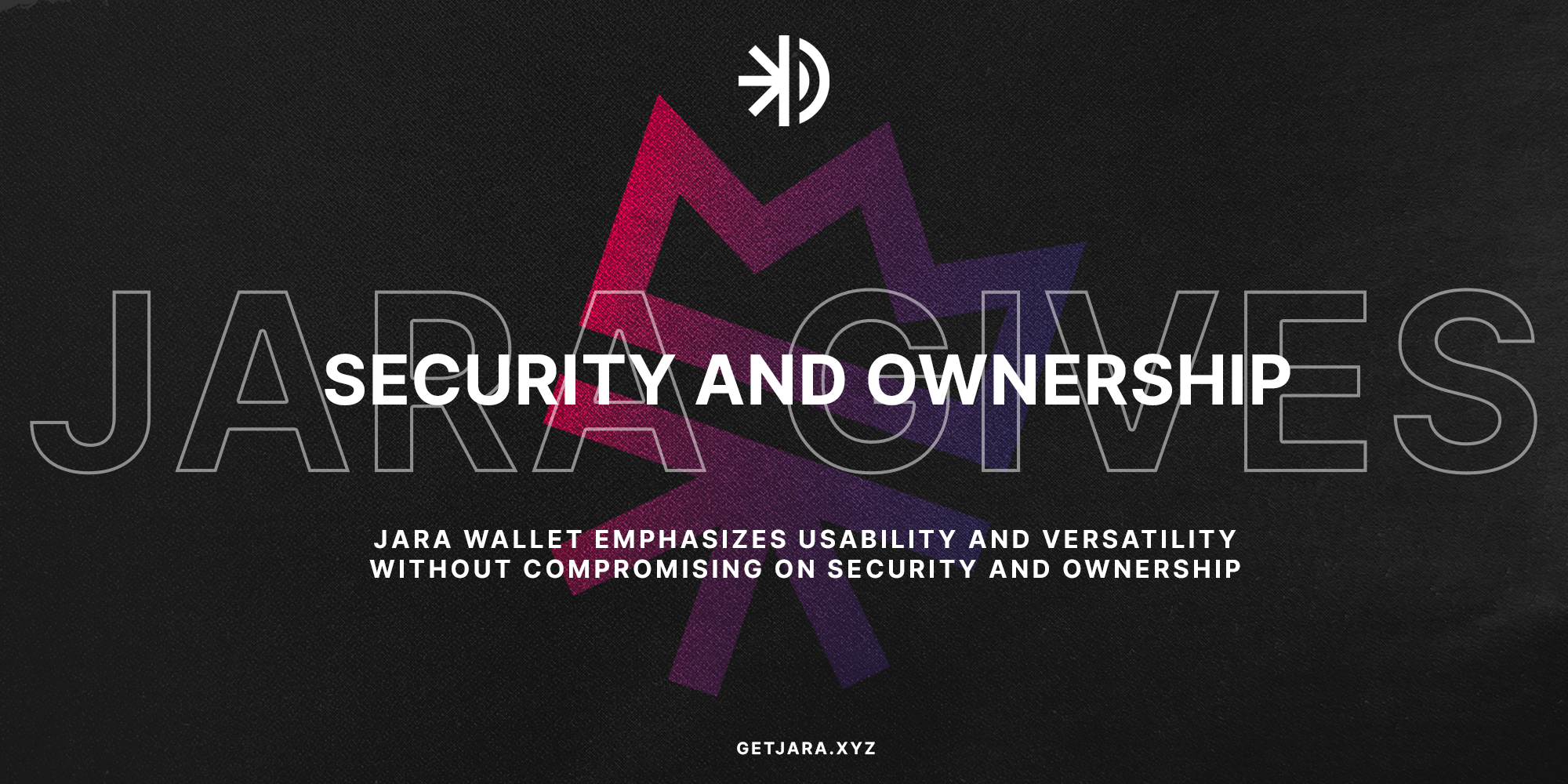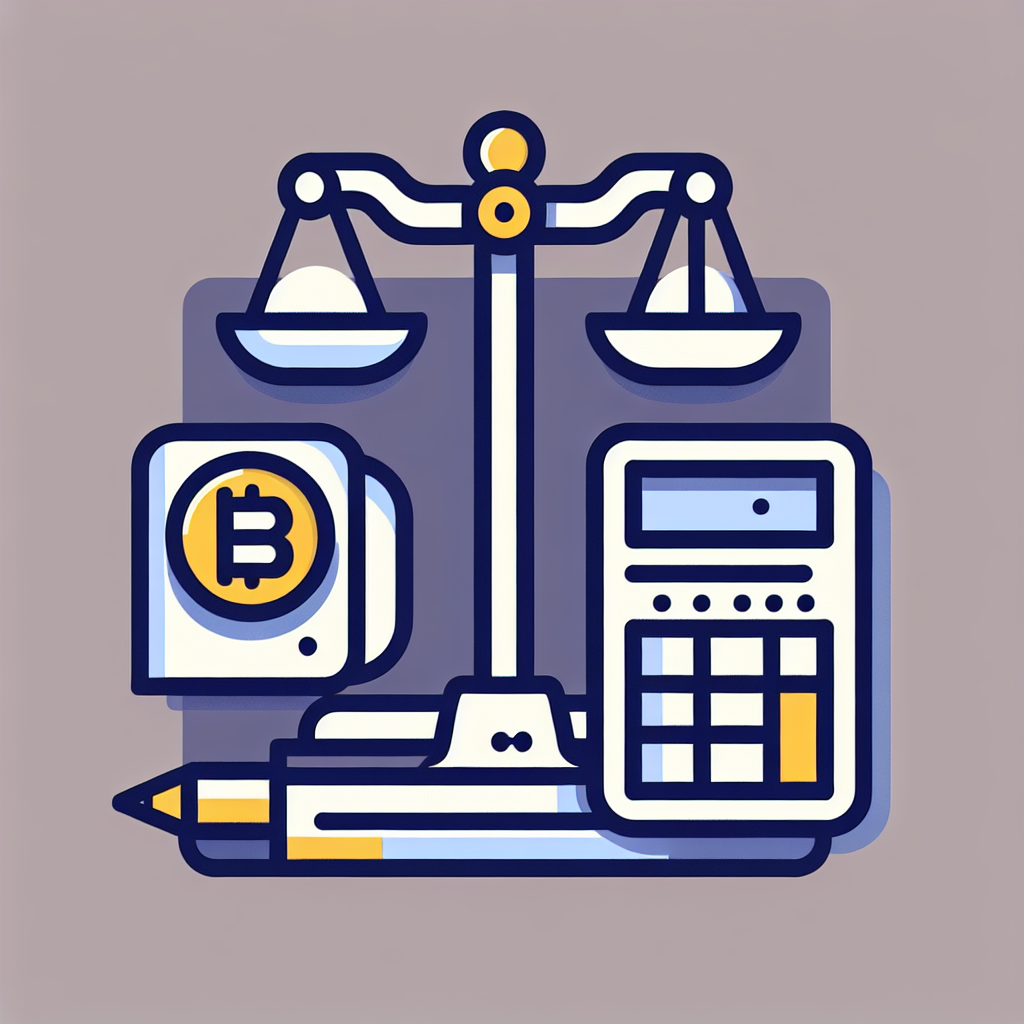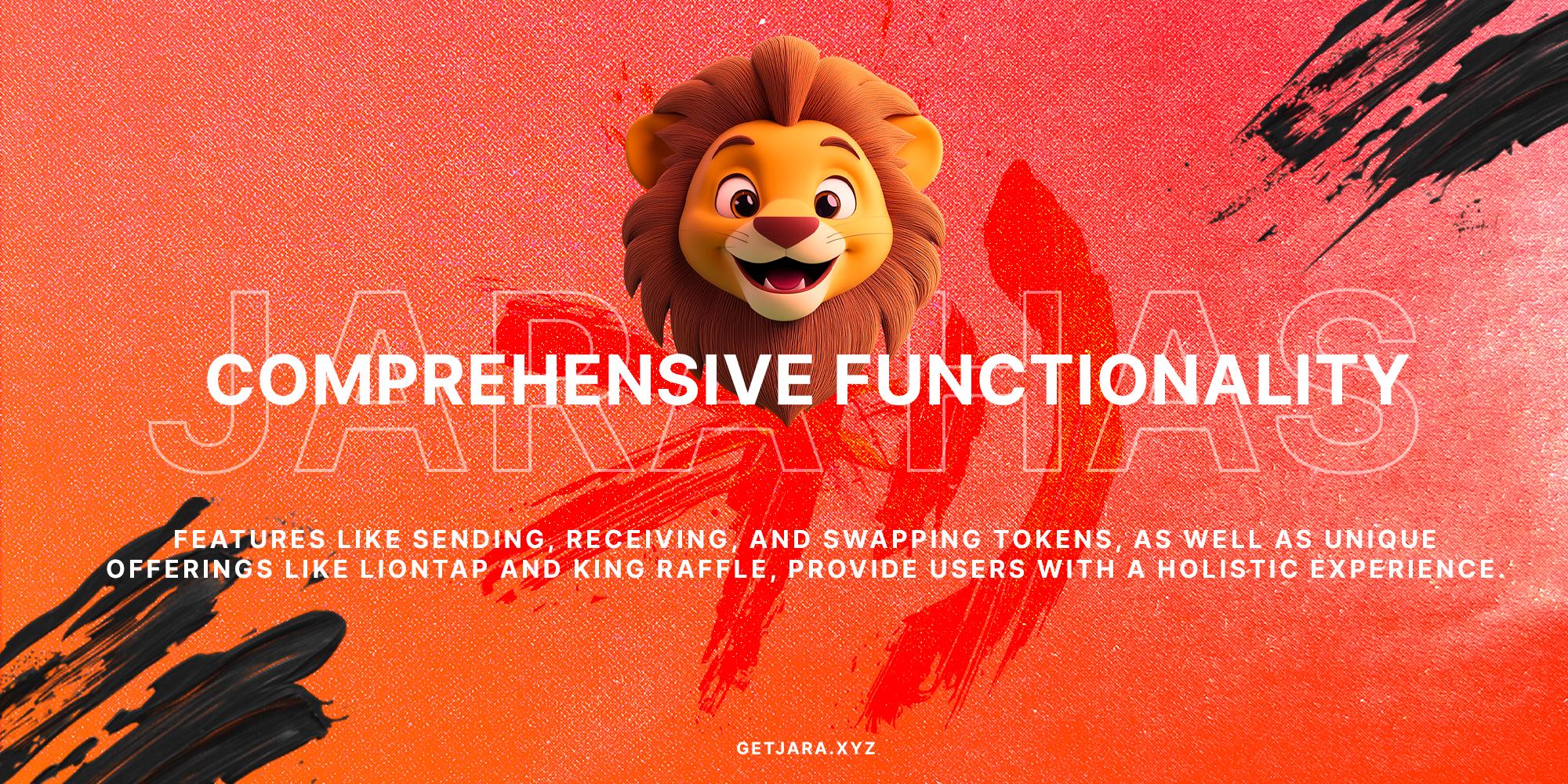Understanding Gas Fees
When you’re diving into the world of blockchain and smart contracts, one term you’ll frequently encounter is “gas fees.” But what exactly are these fees, and why do they matter? Let’s unpack this vital aspect of blockchain technology to help you navigate it more effectively.
What are gas fees? Gas fees are payments made to compensate Ethereum network validators for the computational energy required to process and validate transactions.
Gas fees play a fundamental role in blockchain networks like Ethereum by acting as the fuel that powers transactions and smart contracts. Picture them like tolls on a highway; every transaction has to pay these fees to ensure it reaches its destination safely without traffic jams or unnecessary delays.
These fees are measured in Gwei, which represents a smaller unit of the cryptocurrency Ether (ETH). Just like filling up your car, you need to pay a certain amount of gas to move forward, making gas fees a critical part of keeping the blockchain running smoothly and securely.
Why Are Gas Fees Important?
Gas fees serve two crucial purposes:
- Protecting the Network: By requiring users to pay a fee, it deters malicious actors from overwhelming the network with spam transactions, thus maintaining the network’s security and reliability.
- Compensating Validators: Miners or validators, who are the lifeblood of the network, process transactions. These fees ensure they are compensated for the computational resources they expend to validate transactions.
During times when the network is busy—like when a popular new NFT drops or a DeFi service is in high demand—gas fees can spike significantly. This scenario is akin to rush hour traffic, where demand equals higher costs. As such, understanding how to manage these fees is paramount for anyone looking to make blockchain interactions more affordable.
Factors Influencing Gas Fees
The cost of gas fees is influenced by several factors, including:
- Network Congestion: The more users are using the network, the higher the fees, similar to toll roads getting pricier during peak traffic hours.
- Transaction Complexity: More complex transactions require more computational power, and thus, higher gas fees.
- Supply and Demand: As with any economic system, the principles of supply and demand also affect gas fees. When there’s a lot of demand—like during an anticipated ICO—the fees increase.
As an example, if you were conducting a simple token transfer, you might pay a minimal fee compared to running a complex smart contract, which could significantly ramp up the costs due to its higher computational demands.
Strategies to Reduce Gas Fees
Being strategic about when and how you transact on the blockchain can substantially reduce your gas fees. Here are some tips to consider:
- Transacting During Off-Peak Hours: Much like avoiding rush hour to save time and money, conducting your transactions during low-traffic periods can help lower costs.
- Batching Transactions: By grouping multiple transactions into one, you reduce the overall computational load, which can lead to lower fees.
- Using Gas Tokens: Gas tokens allow pre-purchase of gas when prices are low, offering a hedge against cost spikes.
- Exploring Layer 2 Solutions: Utilizing secondary frameworks that handle transactions off the main blockchain can offer significant savings.
In the expanding African markets, applications like Jara utilize the $JARA token to streamline such processes, effectively lowering gas fees while fostering financial inclusivity. By embracing these strategies, users not only save money but also make blockchain technology more accessible and user-friendly.
“Jara: Unlocking the Future to Africa’s Crypto Ecosystem.” By leveraging innovative technologies, Jara is poised to transform the digital asset landscape, reducing barriers and increasing access.
Understanding and optimizing gas fees isn’t merely about saving on costs; it’s about participating in a broader, more inclusive financial ecosystem that promises growth and opportunity, particularly in developing markets like Africa.
Future Outlook on Gas Fee Reduction
The future looks promising with ongoing Ethereum upgrades aimed at reducing gas fees by improving network efficiency. Initiatives like Ethereum 2.0 are set to enhance scalability, making transactions cheaper and more efficient. For those leveraging platforms like Jara, these advances promise a more equitable playing field, fostering new opportunities and driving economic growth across regions.
“Reducing gas fees is not just an option; it’s a necessity for optimizing blockchain efficiency.”
By understanding how gas fees work and implementing strategies to manage them, you can help shape a future where everyone can harness the power of blockchain technology to its fullest potential.
Factors Influencing Gas Fees
Several key factors affect the cost of gas fees on blockchain networks, particularly Ethereum. Understanding these factors is essential for anyone engaging with smart contracts. Let’s delve into what these components are and how they contribute to the fluctuations in gas fees.
Network Congestion: During peak periods, such as major NFT drops or the launch of popular decentralized applications (DApps), network congestion intensifies. This surge in demand for computational resources leads to elevated gas prices as users outbid each other for faster transaction processing. By observing network traffic and timing transactions strategically, users can significantly reduce the amount they spend on gas fees.
What is network congestion? Network congestion occurs when there is high demand for transaction processing, causing increased gas fees due to competition for network resources.
Transaction Complexity: Different transactions require varying amounts of computational work. Simple value transfers use less gas compared to complex smart contracts executing multiple functions. It’s akin to comparing a simple thumbtack to a Swiss Army knife in terms of utility and complexity. Users should assess the complexity of their transactions and consider simplifying operations where possible to conserve gas.
How does transaction complexity impact gas fees? More complex transactions require more computation, leading to higher gas fees.
Execution Speed: Just like opting for express shipping involves a premium, prioritizing transaction execution by setting a higher gas price speeds up processing. Users bidding lower gas fees may experience longer wait times during traffic surges. Understanding the balance between cost and speed is crucial for optimizing gas expenses.
By strategically utilizing these factors, users can effectively manage their gas costs. Resources like the Etherscan Gas Tracker can be instrumental in helping users navigate the best timing for their transactions.
Computational Needs: Each operation on a blockchain requires a specific amount of gas. Operations like data storage or complex calculations are gas-intensive. Aiming to optimize smart contract code by minimizing unnecessary operations or leveraging more efficient algorithms can lead to significant savings in gas expenses.
What are computational needs? Computational needs refer to the gas required for executing operations on the blockchain, varying based on task complexity.
This multi-faceted approach not only aids in managing costs but also contributes to enhanced efficiency in smart contract deployment. By staying informed about factors like network congestion and transaction complexity, users can navigate the digital asset space more economically.
Ultimately, being mindful of these variables and employing strategic planning allows users to transact more efficiently, fostering broader participation in the ecosystem. As blockchain technology continues to evolve, tools like the $JARA wallet provide seamless solutions for managing these dynamics in Africa’s burgeoning digital economy.
“Jara: Unlocking the Future to Africa’s Crypto Ecosystem,” ensuring that reduced costs drive greater access and participation in the burgeoning digital asset market.

Strategies to Reduce Gas Fees
Timing and Batching Transactions
Effective timing is crucial for reducing gas fees. Just as avoiding peak commute hours saves time on the road, conducting blockchain transactions during off-peak periods can lead to considerable savings. Network congestion often causes gas fees to spike, much like prices rising when demand outweighs supply. By choosing less busy times, such as late nights or weekends, users can enjoy significant savings.
How does timing affect gas fees? Timing affects gas fees by allowing transactions during periods of low network activity, reducing costs due to less competition for space in each block.
Tools like GasNow and ETH Gas Station are invaluable for anyone looking to optimize their gas usage. These platforms provide real-time analytics on gas prices, helping users plan their activities around low-cost periods. Imagine you’re setting off on a trip; knowing the best time to leave can save you not just time, but fuel as well. Similarly, understanding and leveraging these fluctuations can save substantial blockchain ‘fuel’ costs.
Batching transactions represents another smart option. Similar to a wholesale shopping trip, where buying in bulk often reduces the per-item cost, batching multiple transactions into a single block reduces overall gas fees. This strategy not only saves money but also enhances the efficiency of blockchain operations. By bundling contract calls, developers reduce both the computational load and gas costs.
What is batching in blockchain transactions? Batching in blockchain transactions is the consolidation of multiple operations into a single transaction, reducing the cumulative gas consumed and therefore the total cost.
The benefits of these strategies extend beyond financial savings. By adopting efficient transaction techniques, you’re also contributing to a more balanced blockchain network, one that isn’t bogged down by unnecessary congestion. This ensures that the ecosystem remains sustainable and accessible for a wider range of users across Africa’s burgeoning digital landscape. The advent of platforms like Jara and its tokenization projects further highlights the importance of efficient gas usage, paving a path for greater digital financial inclusion.
“Jara: Unlocking the Future to Africa’s Crypto Ecosystem,” ensuring reduced costs drive greater access and participation in the burgeoning digital asset market.
Future Outlook on Gas Fee Reduction
As the African digital economy evolves, reducing gas fees remains a critical focus. Enter Layer 2 solutions like Optimistic Rollups and zk-Rollups, which are spearheading innovation by handling transactions off the main Ethereum chain. What does this mean for you? Simply put, these frameworks free up congestion, leading to lower fees.
Layer 2 solutions: These are secondary frameworks built on top of existing blockchains to enhance efficiency and reduce costs by processing transactions off the main chain.
These advancements not only promise cost reductions but also open new avenues for scaling blockchain technology. By moving many processes off-chain, they are tackling the perennial issues of high transaction costs and delays. This makes them a pivotal tool for sustaining affordability and efficiency, especially across burgeoning sectors in Africa.
At the heart of these technological strides is Jara’s dedication to bridging global capital with African assets. With an eye on the future, Jara’s blockchain initiatives are tightly aligned with Layer 2 developments, enhancing transaction speeds and reducing costs. By integrating these solutions, Jara ensures its ecosystem remains competitive and accessible.
Why does this matter? Not only do these innovations allow investors to participate without the burden of high costs, but they also provide a springboard for more African enterprises to leverage blockchain technology. This integration empowers users with cost-effective and efficient blockchain interactions, ensuring the digital transformation of Africa stays on track.
What lies ahead? As blockchain networks continue evolving with solutions like zk-Rollups offering robust security with zero-knowledge proofs, the promise of affordable and efficient digital asset management in Africa becomes more attainable. This evolution signals a future where transactions are not only seamless and rapid but also inclusive.
“Jara: Unlocking the Future to Africa’s Crypto Ecosystem, ensuring reduced costs drive greater access and participation.”
The embrace of Layer 2 technologies by platforms like Jara underpins a broader commitment to scalability in Africa’s digital economy. From tokenizing infrastructure projects to scaling dApp ecosystems, Layer 2 solutions enhance the landscape, facilitating sustainable growth and financial inclusivity.
What does this mean for the everyday user? With these innovations, blockchain users and investors can expect a reduction in gas fees alongside improved transaction throughput and scalability. This transformation doesn’t just stop at reducing costs; it’s about empowering a new wave of digital financial inclusion in Africa.
To stay updated on how these developments unfold and impact Africa’s economy, keep an eye on pioneering digital platforms like Jara, as they continue to offer accessible pathways for investors and businesses alike.
Explore how AI and smart contracts are paving the way for a vibrant, integrated digital future across the continent.

What are some common ways to reduce gas fees?
There are several effective ways to reduce gas fees and save costs on the Ethereum network. These include:
- Transacting during off-peak hours: Lower activity periods result in reduced demand and cheaper fees.
- Using Layer 2 solutions: Platforms like Optimistic Rollups minimize fees by processing transactions off-chain.
- Batching transactions: Combining multiple transactions reduces the total gas needed.
Why do gas fees fluctuate so much?
Gas fees fluctuate primarily due to varying levels of network congestion and demand. When the network experiences high usage, such as during popular NFT releases, the competition for processing transactions increases, leading to pricier fees. Additionally, the complexity of a transaction can affect the gas fee required to execute it.
Can smart contracts be optimized to lower gas costs?
Yes, smart contracts can be optimized for cost-effectiveness. Developers can utilize streamlined coding practices, reducing unnecessary computational steps. This optimization decreases the gas required, making the contract more efficient and less expensive to execute.
What is the role of gas fees in blockchain security?
Gas fees play a critical role in maintaining blockchain security. These fees are paid to validators who confirm transactions on the network, incentivizing them to allocate resources for timely and accurate processing. Without adequate gas fees, validators might lack motivation, leading to potential security vulnerabilities.

Related Practice Areas
Explore additional related practice areas to understand the broad spectrum of services we offer in smart contracts and automation.
Reviews From Our Smart Contracts & Automation Clients in Africa
At the forefront of our Smart Contracts & Automation practice is a deep-seated commitment to client satisfaction. Each case is handled with utmost care, as echoed in the appreciative feedback from those we represent.

Ready to Optimize Your Smart Contract Strategy?
At Jara, we excel in navigating the complexities of smart contracts and gas fees, ensuring you achieve cost-effective solutions tailored to the African market. With our deep expertise in blockchain technology, we provide strategic insights to help your business thrive. Explore more about Jara and see how we can enhance your operations.
“Your success is our mission. Join the growing community who trusts Jara to streamline their blockchain processes.”
Want to start reducing your gas fees and optimizing your contracts today? Download the Jara app now:
Android App |
iPhone App
About the Author
Jane Doe is a seasoned tech writer specializing in blockchain and smart contracts. With over a decade of experience, she is passionate about demystifying complex tech concepts for everyday readers. Jane’s insights help readers navigate the nuances of the digital landscape efficiently and cost-effectively.
Understanding Gas Fees in Smart Contracts
Smart contracts are revolutionizing the way we conduct transactions. However, understanding gas fees is crucial to minimizing expenses and maximizing efficiency in blockchain operations.
“Your effective strategy to reduce gas fees begins with understanding the intricacies of smart contracts and their operations.”
Factors Influencing Gas Fees
- Network Congestion: High network traffic can increase gas prices significantly, affecting transaction costs.
- Complexity of Contract: More complex smart contracts require more computational power, leading to higher gas fees.
- Gas Limit: This is the maximum amount of gas the user is willing to spend on a transaction, directly impacting costs.
Strategies to Minimize Gas Fees
- Optimize Smart Contracts: Simplify your contract’s code to consume less gas.
- Choose Optimal Timing: Initiate transactions during low network traffic periods to benefit from lower gas fees.
- Adjust Gas Limits: Setting appropriate gas limits based on transaction complexity can help control costs.
Conclusion
Being mindful of the various factors influencing gas fees and implementing effective strategies can significantly reduce costs associated with smart contracts. For further insights and personalized advice tailored to your needs, consider reaching out to a specialist with a proven record in blockchain technology.

















